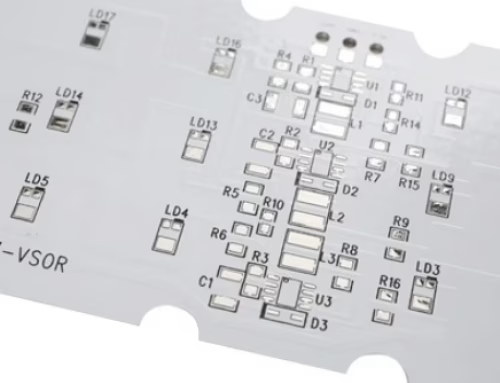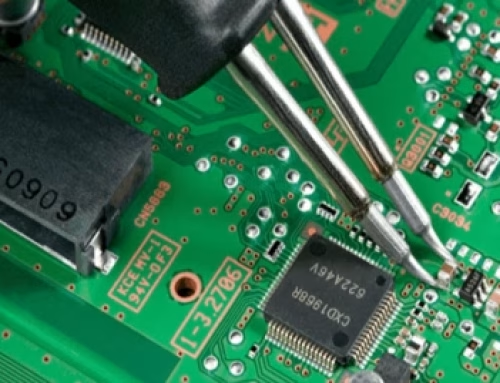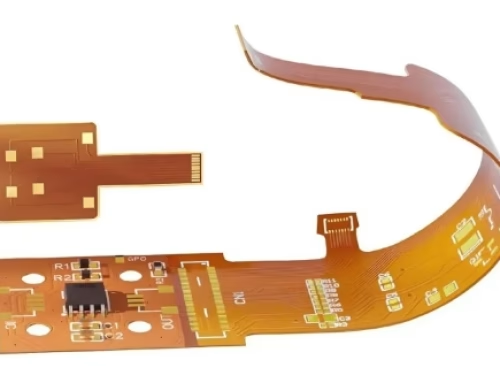What Are the Usual Kinds of PCBA Substratums?

Table of Contents
When we are encountering digital products, the PCBA board is an extremely integral part. The board has different kinds, and the features and uses these kinds are likewise various. This post explains the common types and requirements of PCBA substrates.
1.FR4 Substrate
FR4 substratum is a really typical sort of veneer in PCBA processing plants. It is a fiberglass-reinforced plastic material frequently made use of in high-frequency and high-speed digital circuits. FR4 substrate has good mechanical strength and high-temperature resistance, so it is extensively utilized in the design and production process of PCB boards. Its insulation efficiency is likewise outstanding and normally can meet the demand for high levels of dependability.
The basic density of FR4 is generally 0.4 mm, 0.6 mm, 0.8 mm, and 1.0 mm, etc, and FR4 plates of these densities are suitable for different celebrations. In general, the thicker the FR4 board, the higher its mechanical strength, and the thicker board will be more secure in terms of electrical residential or commercial properties.
2.Light Weight Aluminum Substrate
The aluminum substratum in PCBA production is identified by warm dissipation, electrical energy transmission, corrosion resistance, inexpensive, great processability, and so on. It is the most generally used in LED illumination, high power, high frequency, and various other circuit boards. Among them, the LED lighting circuit card is mainly since the warmth of LED is fairly high, heat dissipation is called for to minimize the temperature level, and the light weight aluminum substrate has excellent warm dissipation performance in this respect.
The density of the aluminum substratum is typically 1.0 mm, 1.2 mm, 1.5 mm, etc. In a motherboard with large heat outcome, the aluminum substratum is a superb selection, which can make certain the lasting procedure and stability of the circuit board.
3.FR1 Substratum
The FR1 substrate in PCBA producers is a cheaper substratum than FR4, however its electrical buildings and mechanical stamina are lower. Consequently, it is typically only used for low-end PCB circuit board design and manufacturing.
Its general thickness is 1.0 mm, 1.2 mm, etc. In family member terms, the manufacturing expense of FR1 is reduced, and it is a relatively affordable option.
4.High-Frequency Board
A High-frequency plate is very special. Because it has outstanding attributes for the transmission of signals, it is extremely suitable for use in high-frequency circuit layout.
Summary
In the PCBA design and production procedure, the selection of substratum is extremely vital. Various substratum kinds appropriate for different applications and should be picked according to real needs. FR4 board takes into consideration both electrical properties and mechanical strength, is a basic substrate kind, and the aluminum substrate has outstanding efficiency in regards to warmth dissipation. The high-frequency board appropriates for circuit card that require high-frequency transmission applications, but its price is likewise reasonably high contrasted to other plates.
High-frequency boards are typically being used in RF circuits, microwave circuits, antenna circuits, and similar circuit applications. Its general thickness is typically in between 0.2 mm and 0.8 mm, and compared with other board kinds, the price of high-frequency boards is greater, yet its digital performance is superb, and the marketplace demand is also large.
Latest Blog
Contact us
Free Quote





